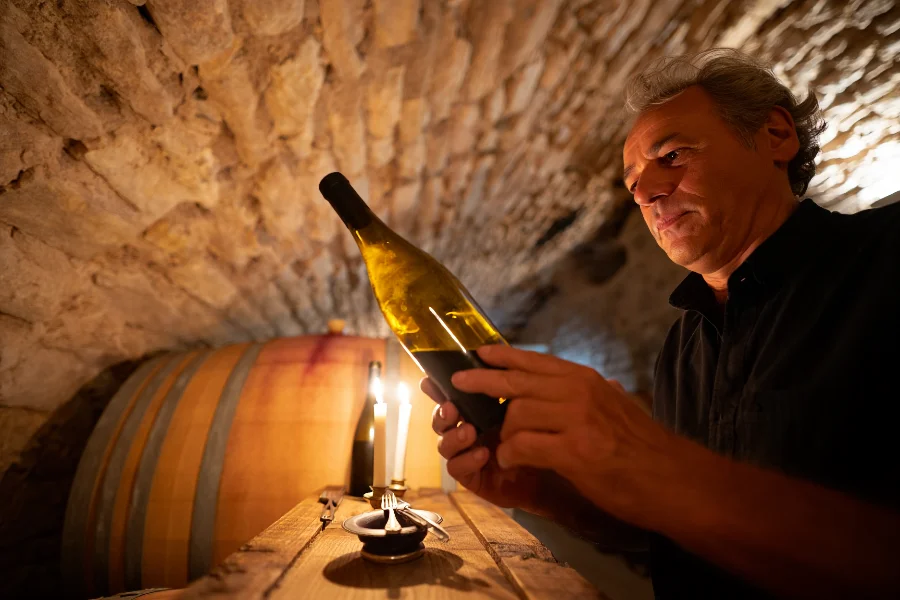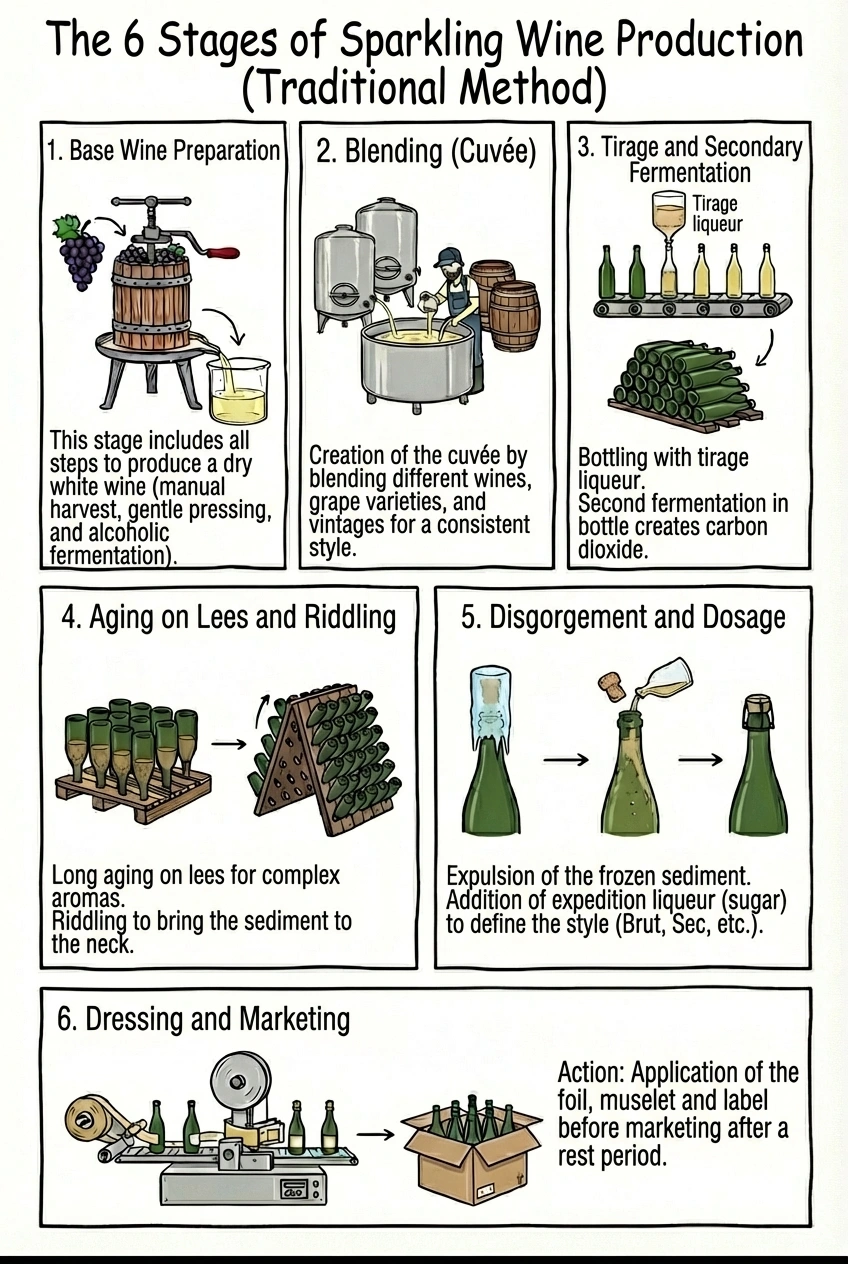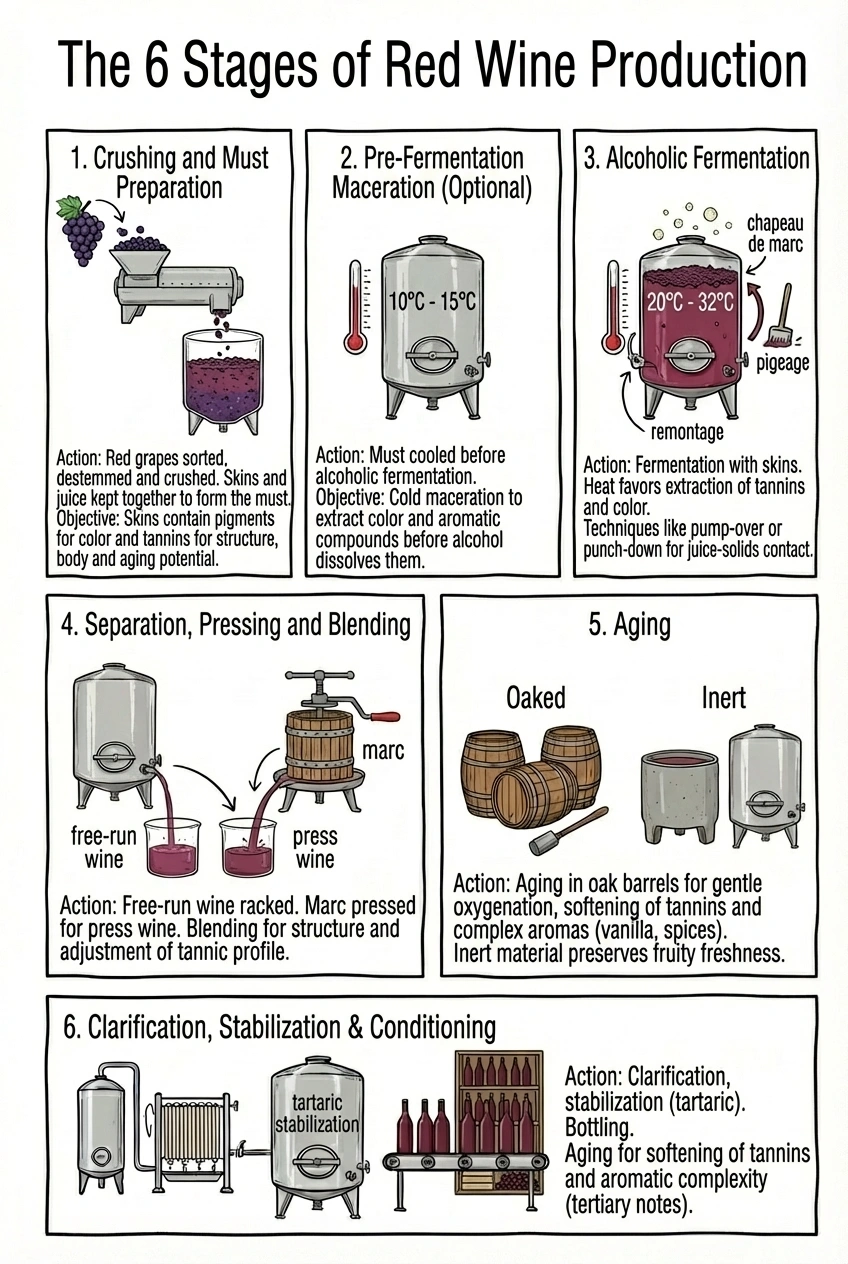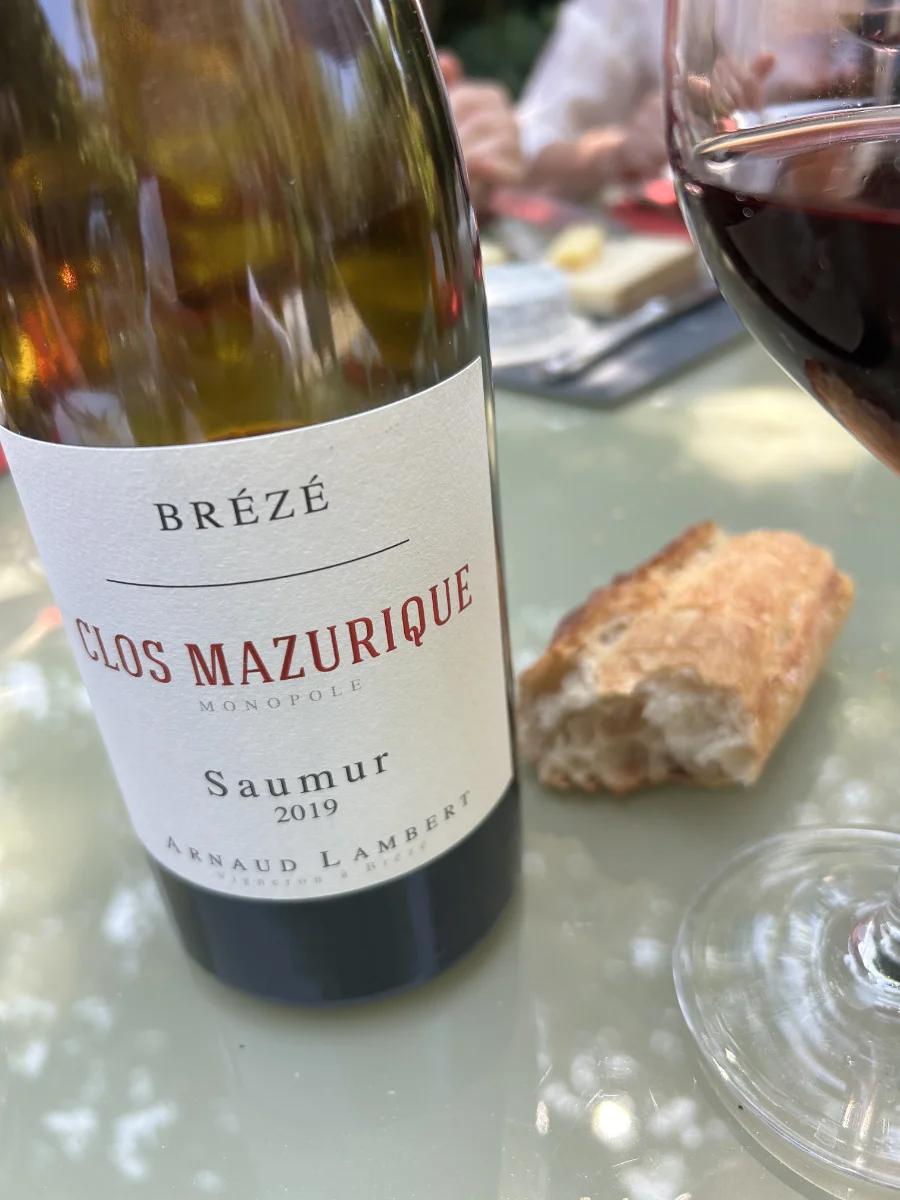The French have a talent for classification. Think of how they define relationships (“mon ami” versus “mon copain”) or cheese (does camembert au lait cru count if it comes from Normandy but skips the affinage ritual?). When it comes to wine, the French labeling system doesn’t just indicate origin—it’s a compact novel in a bottle. Reading it requires both curiosity and a decent grasp of regional aristocracy.

The Curious Case of AOC and AOP
One might be forgiven for thinking that AOC and AOP are rival political parties. In fact, they represent two names for the same noble cause: preserving the identity of regional French wines. AOC—Appellation d’Origine Contrôlée—is the historic French term established in 1935, thanks to Baron Pierre Le Roy in Châteauneuf-du-Pape. He’s often credited as the founding father of French wine law—a Dionysian version of Napoléon, setting up borders not of countries, but of grape types and soil compositions.
Enter AOP, or Appellation d’Origine Protégée, the European Union’s answer to France’s internal order, standardized in 2009. Think of it as the same Château in new EU-approved wallpaper. Although AOP is now the official term on European documents, many French winemakers still proudly use AOC on their labels. Call it Gallic resistance or branding nostalgia—the effect is the same.
What About IGP?
And then there’s the more approachable cousin at the vinification family reunion: IGP, or Indication Géographique Protégée. Loosely translating to “Protected Geographical Indication,” IGP wines are France’s take on ‘Vin de Pays’—regional wines with more flexibility and fewer regulations. The producers aren’t bound by strict growing zones or prescribed grape varieties. Instead, they’re given the liberty to create blends and embrace international varietals.

Take the Pays d’Oc IGP: an immense swath of the Languedoc region producing expressive reds and whites—cabernets and sauvignons that delight without pretending to be anything they’re not. In contrast, wines under AOP or AOC regulations must adhere to exacting standards. Not just the origin of the grapes (100% local), but clone types, alcohol levels, even aging methods are defined to the last barrel.

Partner offer

Sip the Loire’s Finest.
🇺🇸 USA shipping only
Reading the Label: Beyond Alphabet Soup
So how can you make sense of this voyage through abbreviations when standing before a wine shelf in Tours or Brooklyn? Here’s a practical lens: AOP/AOC equates to wines that are deeply rooted in place, rules, and tradition. If you see a Saumur or a Chinon marked AOC, expect to sip a Loire Valley red—often Cabernet Franc—that dances between bright acidity and crushed violet intensity. These wines honor centuries of savoir-faire and even reflect vineyard micro-plots called lieux-dits.
Meanwhile, an IGP Touraine Sauvignon might offer a citrusy directness without as many procedural strings attached. It’ll likely be cheaper, more accessible, and crafted with a broader range of grapes—perhaps even a touch of international flair.
During a visit to the Domaine Huet in Vouvray (AOC since 1936), a vintner explained, somewhat mischievously, that “The rules are like the lines of a sonnet—you don’t break them, you write within them.” Their dry Vouvray Sec—crafted from 100% Chenin Blanc—is aged in old barrels to avoid imparting aggressive oak notes. The result is sheer elegance: quince, honeysuckle, and flint tell a story far older than modern bureaucracy.
On the flip side, IGP allows young winemakers to innovate: macerate longer, co-ferment unusual blends, and market directly to niche consumer trends. It’s where you’ll find orange wines, wild fermentations, and sultry reds grown just outside the legacy zones.
A Real-World Reference: Sancerre and Its Signature
If you want a clear case study, look no further than Sancerre. One of the crown jewels among Loire whites, this AOC mandates that its dry, chalky Sauvignon Blancs come from limestone-rich hills inland from the Atlantic. The terroir—called “caillottes”—yields an aromatic profile of green apple, gooseberry, and spring herbs with a mineral finish. Any deviation from this, and the wine must forgo the Sancerre designation, becoming merely a Sauvignon from the Loire, possibly shot down the ladder to IGP.
It’s not a loss of quality, necessarily—but a shift in storytelling. The label’s acronym announces not just origin, but intention.
In the end, understanding what lies behind AOC, AOP, or IGP is less about decoding a government taxonomy than about reading a bottle the way you read a poem—examining its rhythm, its heritage, its unspoken promise. If you’re planning an oenological tour of the Loire or looking to decode your next wine list, you may now do so with a wink—and perhaps a toast to Baron Le Roy.
Curious to explore more under-the-radar appellations or plan a vineyard visit? Scroll down to join our newsletter and take the first step into France’s bottle-bound map of wonders.
Discover Loire Valley AOPs

Savennières
The three AOC (or AOP) of Savennières produce great white wines, essentially dry but can also be vinified in semi-dry or sweet. The appellation was…

Saumur
The Saumur AOC (or AOP) produces wines in a very wide range of styles and colors: red wines, rosé wines, white wines, sparkling and sweet…

Cheverny
The Cheverny AOC (or AOP) produces wines in a variety of styles and colors: white wines, red wines, and rosé wines. The appellation was created…

Montlouis sur Loire
The AOC Montlouis sur Loire produces white wines exclusively, but in a wide variety of styles: sparkling, dry, semi-dry or sweet white wines. The appellation…

Bourgueil
The Bourgueil AOC appellation mainly produces red wines (and a very small amount of rosé wines). Two styles of wine coexist in the Bourgueil appellation…

Saumur Champigny
The wines of Saumur Champigny are 100% red only. They come in two styles: light and fruity, with fine and velvety tannins, or more rich…

Vouvray
The characteristics of Vouvray AOC wines? The appellation produces white wines exclusively, but in the widest range of styles: dry, tender, semi-dry, sweet or sparkling…

Muscadet
The Muscadet AOC exclusively produces dry white wines made from Melon de Bourgogne. The appellation, established in 1937, covers approximately 9,000 hectares and includes 450…

Coteaux du Layon and Chaume
The Coteaux du Layon AOC/AOP (with which we have included Layon 1er Cru Chaume and Quarts de Chaume Grand Cru) produces exclusively sweet wines from…









![PODCAST [S1E4] – The Well-Kept Secrets of Anjou-Saumur Wines](https://divineloire.fr/en/wp-content/uploads/2025/11/geologie-des-vins-d-anjou-saumur-1.webp)
